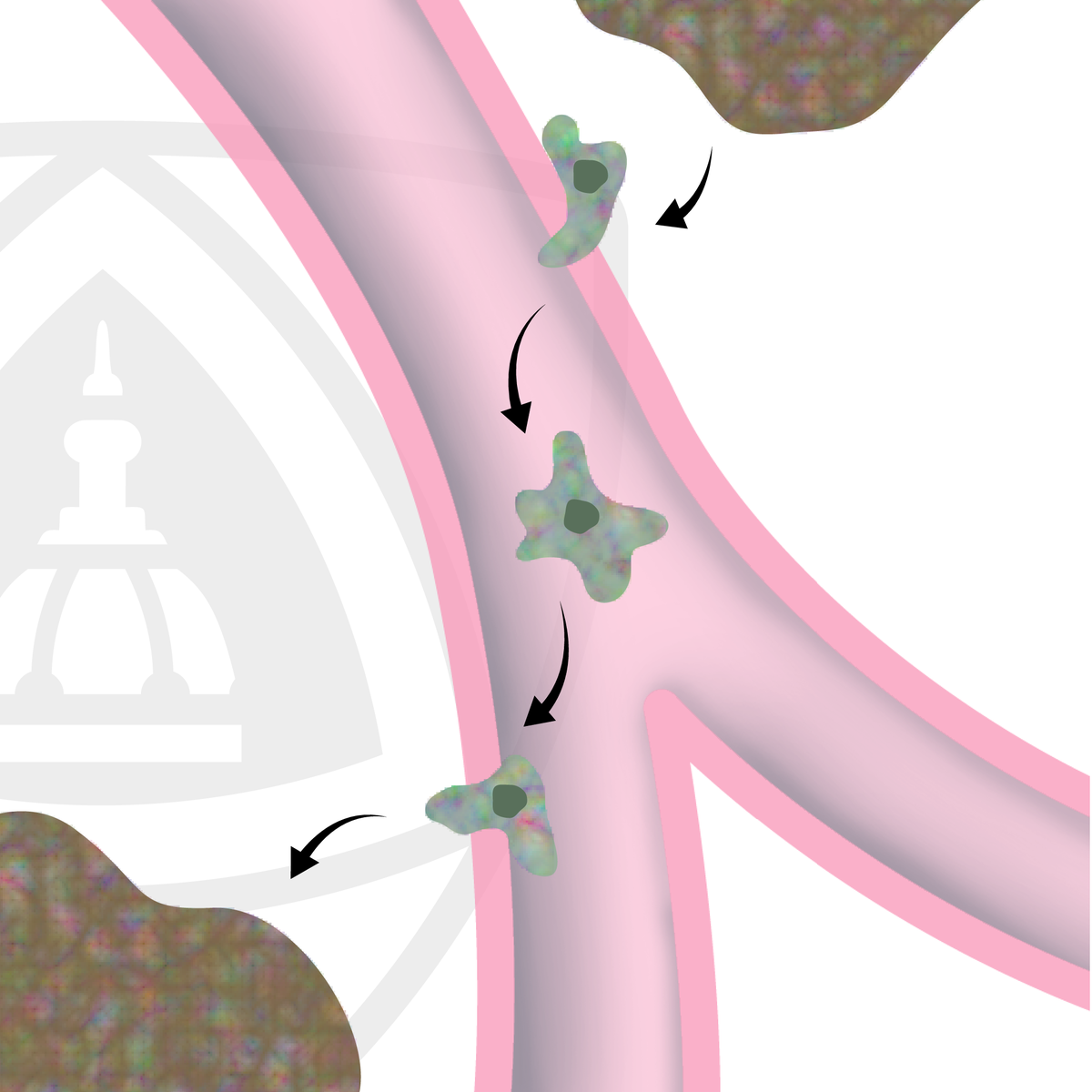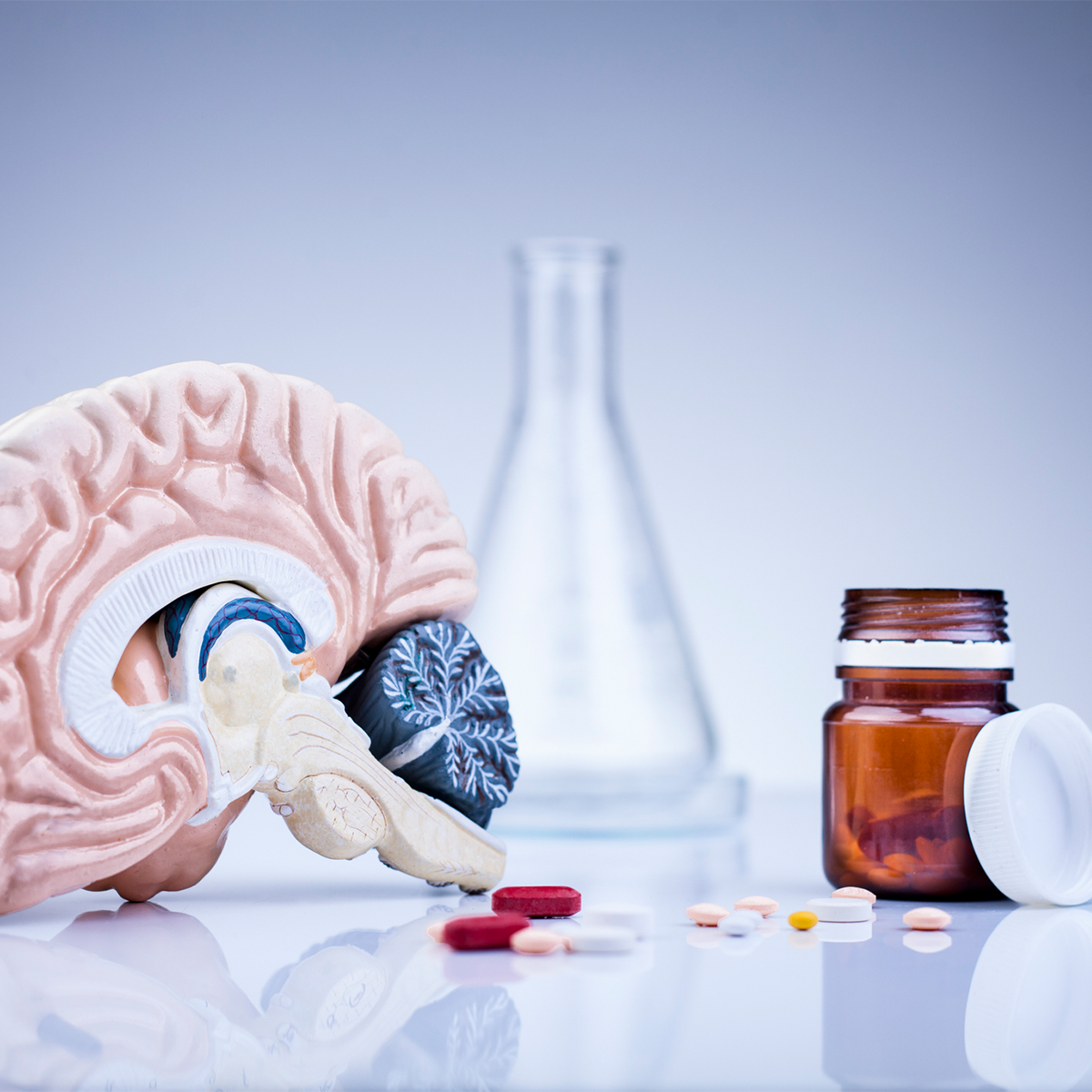Back to Courses









Basic Science Courses - Page 7
Showing results 61-70 of 128

Visualizing the Living Body: Diagnostic Imaging
This course teaches learners the underlying principles behind conventional radiography, computerized axial tomography (CT), magnetic resonance imaging (MRI), and ultrasound. The radiology of chest, abdomen, pelvis, extremities, spine and brain are taught in this course using a combination of lectures and extensive practical activities and assessments.
By the end of the course you will be able to:
Describe the principles of conventional radiography, CT MRI and ultrasound
Describe systematic approaches to imaging interpretation
Describe the use of windowing in CT
Describe sequences in MRI and their relevance.
This course is part 4/4 in the Yale Human Anatomy Specialization.
Topics covered in the lectures include: Introductions to conventional radiography, computerized tomography (CT), ultrasound, magnetic resonance imaging (MRI), chest radiology, CT of chest, chest radiology: introduction to pathology, normal CT anatomy of the abdomen, renal anatomy, colon cancer, renal neoplasm, normal pelvic imaging, normal male pelvis imaging, normal female pelvis imaging, radiology of the upper extremities, radiology of the lower extremities, musculoskeletal imaging modalities, introduction to spine radiographs, skull radiography, brain CT imaging fundamentals, brain CT imaging pathology, brain: magnetic resonance imaging (MRI), and brain MRI pathology
Understanding Cancer Metastasis
Over 500,000 people in the United States and over 8 million people worldwide are dying from cancer every year. As people live longer, the incidence of cancer is rising worldwide, and the disease is expected to strike over 20 million people annually by 2030.
Everyone has been, or will be touched by cancer in some way during their lifetime. Thanks to years of dedication and commitment to research we’ve made enormous advances in the prevention and treatment of cancer, But there is still a lot of work to be done.
In this course, physicians and scientists at the Johns Hopkins School of Medicine explain how cancer spreads or metastasizes. We’ll describe the major theories of metastasis and then describe the biology behind the steps in metastasis. The course also describes the major organs targeted by metastasis and describes how metastases harm the patient.

Understanding the Brain: The Neurobiology of Everyday Life
Learn how the nervous system produces behavior, how we use our brain every day, and how neuroscience can explain the common problems afflicting people today. We will study functional human neuroanatomy and neuronal communication, and then use this information to understand how we perceive the outside world, move our bodies voluntarily, stay alive, and play well with others.

Introduction to Biology: Biodiversity
In this course we will examine the incredible variety of life that inhabits this planet including microorganisms, plants, and animals. For each of the major groups we’ll learn about their characteristics, functions, and how they came into existence as well as some of the roles they play in the natural world, and how they’re relevant to people. We’ll also take a close look at us humans and consider what we know about our origins and what might become of us in the future.

Emergence of Life
How did life emerge on Earth? How have life and Earth co-evolved through geological time? Is life elsewhere in the universe? Take a look through the 4-billion-year history of life on Earth through the lens of the modern Tree of Life!
This course will evaluate the entire history of life on Earth within the context of our cutting-edge understanding of the Tree of Life. This includes the pioneering work of Professor Carl Woese on the University of Illinois Urbana-Champaign campus which revolutionized our understanding with a new "Tree of Life." Other themes include:
-Reconnaissance of ancient primordial life before the first cell evolved
-The entire ~4-billion-year development of single- and multi-celled life through the lens of the Tree of Life
-The influence of Earth system processes (meteor impacts, volcanoes, ice sheets) on shaping and structuring the Tree of Life
This synthesis emphasizes the universality of the emergence of life as a prelude for the search for extraterrestrial life.

Contemporary Biology
This course is an introduction to biology as it applies to our everyday life. Learners will explore the interplay between science and self through a personalized case study of themselves and their environment. By the end of the course, learners will be able to recognize the interactions among natural phenomena and the implications of the scientific principles behind the physical world and their experiences living in it.

The Addicted Brain
This is a course about addiction to drugs and other behaviors. It will describe what happens in the brain and how this information helps us deal with and overcome addiction. It will also discuss other topics, such as government policy and our vulnerability to take drugs.

Emergent Phenomena in Science and Everyday Life
Before the advent of quantum mechanics in the early 20th century, most scientists believed that it should be possible to predict the behavior of any object in the universe simply by understanding the behavior of its constituent parts. For instance, if one could write down the equations of motion for every atom in a system, it should be possible to solve those equations (with the aid of a sufficiently large computing device) and make accurate predictions about that system’s future.
However, there are some systems that defy this notion. Consider a living cell, which consists mostly of carbon, hydrogen, and oxygen along with other trace elements. We can study these components individually without ever imagining how combining them in just the right way can lead to something as complex and wonderful as a living organism! Thus, we can consider life to be an emergent property of what is essentially an accumulation of constituent parts that are somehow organized in a very precise way.
This course lets you explore the concept of emergence using examples from materials science, mathematics, biology, physics, and neuroscience to illustrate how ordinary components when brought together can collectively yield unexpected, surprising behaviors.
Note: The fractal image (Sierpinkski Triangle) depicted on the course home page was generated by a software application called XaoS 3.4, which is distributed by the Free Software Foundation under a GNU General Public License.
Upon completing this course, you will be able to:
1. Explain the difference in assumptions between an emergent versus reductive approach to science.
2. Explain why the reductivist approach is understood by many to be inadequate as a means of describing and predicting complex systems.
3. Describe how the length scale used to examine a phenomenon can contribute to how you analyze and understand it.
4. Explain why the search for general principles that explain emergent phenomena make them an active locus of scientific investigation.
5. Discuss examples of emergent phenomena and explain why they are classified as emergent.

Metagenomics applied to surveillance of pathogens and antimicrobial resistance
The field of metagenomics and whole community sequencing is a promising area to unravel the content of microbial communities and their relationship to disease and antimicrobial resistance in the human population. Bioinformatic tools are extremely important for making sense out of metagenomics data, by estimating the presence of pathogens and antimicrobial resistance determinants in complex samples. Combined with relevant explanatory data, metagenomics is a powerful tool for surveillance.
In this course, we teach about the potential of metagenomics for surveillance and give the learners an overview of the steps and considerations in a metagenomics study. After this course, the learners will know:
- the difference between the concepts of metagenomics and other microbial genomics
- the need to use controls in different steps of a metagenomics study
- the advantages of metagenomics for the surveillance of antimicrobial resistance
- how sampling design, sample size, sample material and sample handling influence the outcome of a metagenomics study
- sample processing for bacterial and viral metagenomics
- different sequencing platforms and their possibilities regarding metagenomics
- the steps involved in a general metagenomics study, including quality control, mapping to different databases, and read count analysis
- the principles behind various tools available for analysis of metagenomics data
- how to interpret read classification results
- the need for epidemiology in surveillance
- the concept of global and integrated surveillance
- the challenges for the use of metagenomics in surveillance
- the potential of metagenomics for surveillance
We look forward to welcoming you !

Advanced Neurobiology I
Hello everyone! Welcome to advanced neurobiology!
Neuroscience is a wonderful branch of science on how our brain perceives the external world, how our brain thinks, how our brain responds to the outside of the world, and how during disease or aging the neuronal connections deteriorate. We’re trying to understand the molecular, cellular nature and the circuitry arrangement of how nervous system works.
Through this course, you'll have a comprehensive understanding of basic neuroanatomy, electral signal transduction, movement and several diseases in the nervous system.
This advanced neurobiology course is composed of 2 parts (Advanced neurobiology I and Advanced neurobiology II, and the latter will be online later). They are related to each other on the content but separate on scoring and certification, so you can choose either or both. It’s recommended that you take them sequentially and it’s great if you’ve already acquired a basic understanding of biology.
Thank you for joining us!
Popular Internships and Jobs by Categories
Find Jobs & Internships
Browse
© 2024 BoostGrad | All rights reserved